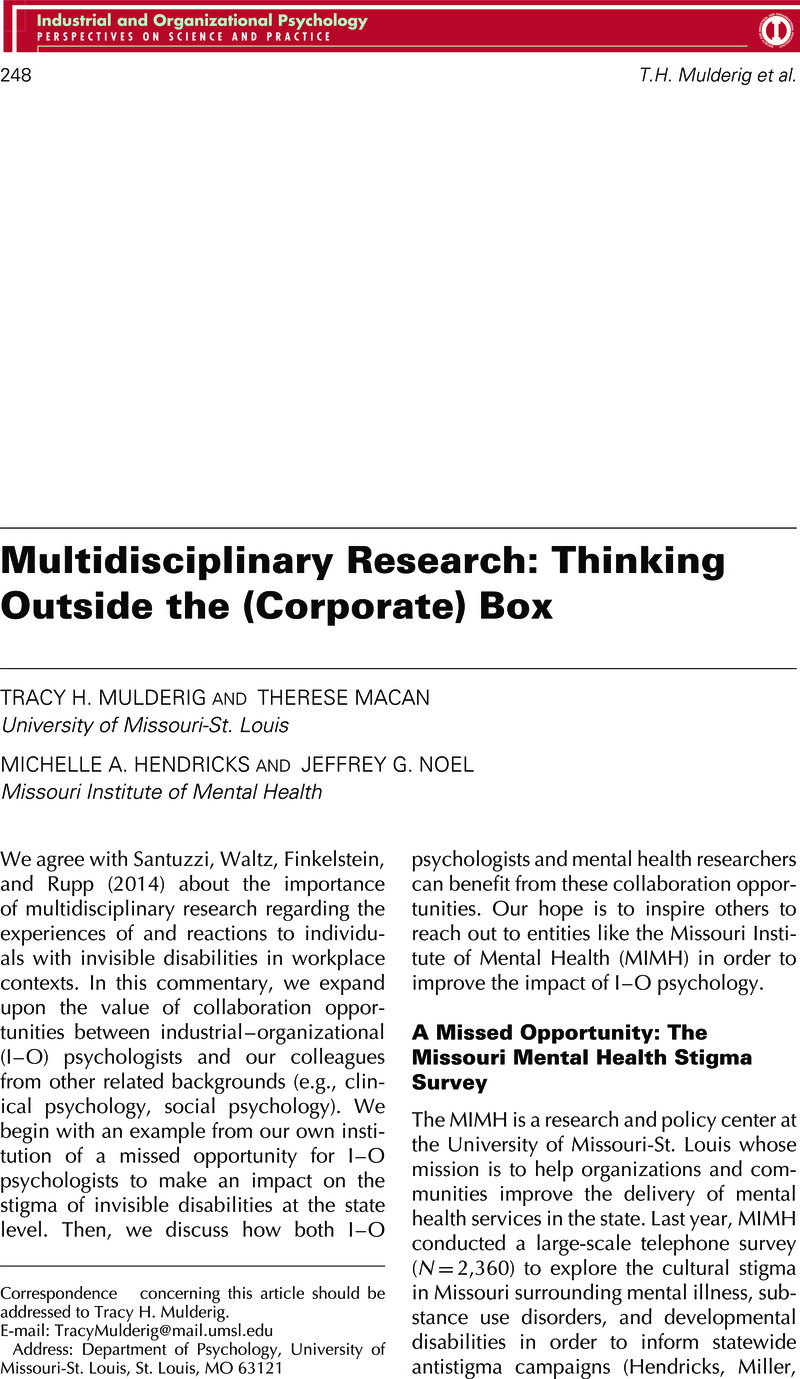Crossref Citations
This article has been cited by the following publications. This list is generated based on data provided by Crossref.
Kek, Megan Yih Chyn A.
and
Huijser, Henk
2017.
Problem-based Learning into the Future.
p.
175.



